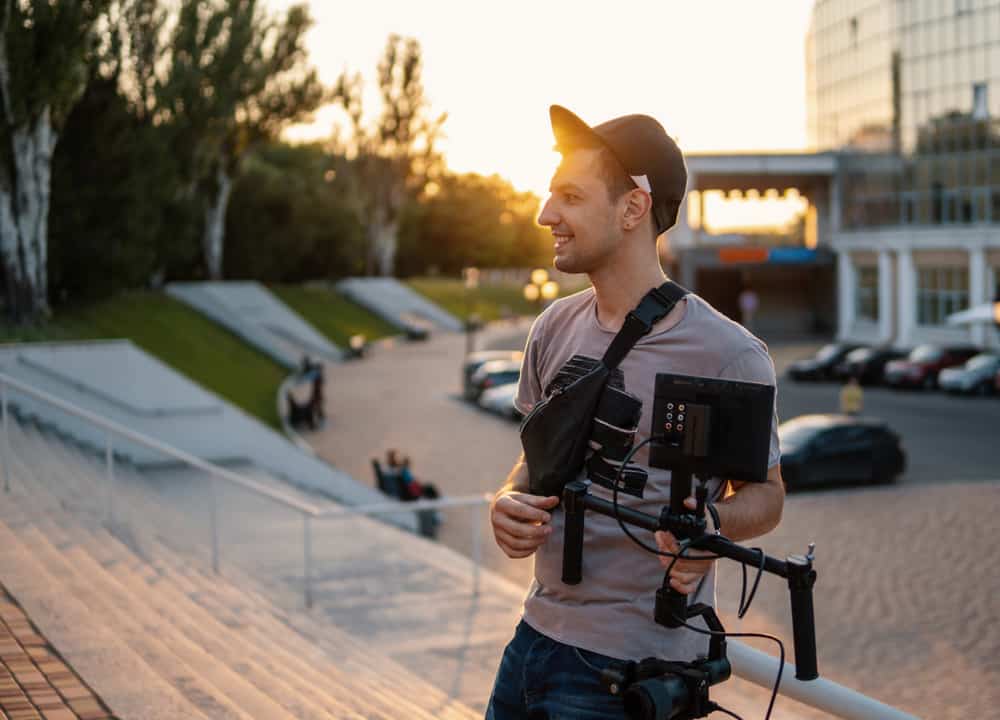Steven Shea, Owner, Executive Producer, and Director of Abyssmal Entertainment has recently had success with his short horror film 2:22.
Steven is excellent at writing and directing innovative horror and I had a chance to ask him a few questions about his festival experiences.
CIF: What film festivals accepted and screened 2:22?
Shea: Sitges International Film Festival, Cannes Film Festival – Short Film Corner, Screamfest, A Night of Horror International Film Festival, Frightfest, Atlanta Horror Film Festival, Orlando Film Festival, Florida Film Festival, Festival Mauvais Genre, and a slew of others. (We played 20 in total, won awards at 3).
CIF: How did you pick your festivals and why?
Shea: We had three methods of thinking when it came to festivals.
- Which were the top tier festivals that we thought we might actually get in that would get us the most exposure to executives/studios?
- What festivals are we friends with that we know we can get in, and would also want to play to our friends and peers?
- Which festivals do we have a good shot at winning an award?
Our decisions were made across all three of these. We submitted to larger festivals, but focused only on major genre fests, knowing that we probably wouldn’t have a shot at the larger general festivals.
CIF: What was a tough obstacle to getting accepted?
Shea: The toughest obstacle is not knowing people associated with the festivals. Like everything else, festivals are very political. If you know someone associated, it’s easier to get involved, and pushed to the top of the pile. There were a couple festivals we got waivers for and submitted after deadline because we knew someone involved.
Also, this was our first major festival run, so we weren’t legacies or returning filmmakers to any of these festivals. I feel like that also helps your chances if you already have a reputation with the festival.
Also the costs. Besides the $30-$60 to submit, we did a budget breakdown for our festival run, and if we had traveled to each festival for networking and representation, it would have cost us over $20,000, all for a $1,500 short.
CIF: What was some feedback you may have gotten from a Festival Director interested in your short film — good and not so good?
Shea: I don’t think we got any feedback. Most festivals don’t give you feedback as far as I know. Or you would run into a Festival Director and they would say, ”Hey I loved your short!” That was about it. Some festivals you submit to will offer feedback or coverage when you pay for the initial entrance.
CIF: What did you learn that you didn’t know before about submitting and getting accepted?
Shea: You need to do a festival run with a very specific plan. We had made a great short film that we wanted to use as a calling card, and it worked. I started getting calls from management companies and studios, and they all wanted to know what I had.
Did I want to make the short into a feature? Where was the script? What other scripts did I have packaged? As a kid from Florida, not understanding how this works, I was completely not prepared.
I had these big meetings in L.A., but nothing to show them, so they were a wash.
Also, if your film plays a festival, then you need to go. You need to meet every person, every Producer, and network your ass off. It’s completely meaningless to submit to 100 festivals and not be there to represent.
I have a shelf of a dozen awards from festivals, do you know how many meetings that gets me? None.
Have a plan.
“I’m submitting this incredible short to festivals, because it’s a proof of concept for a feature that I already have packaged, and I need to get it to more people I don’t currently have access to.”
or
“I’m going around with this short, trying to network with other Screenwriters/Producers as a Director to try to build a network to get hired on a future project.”
or
“I shot this short, and want to meet other filmmakers who could hire me to shoot their next project.”
